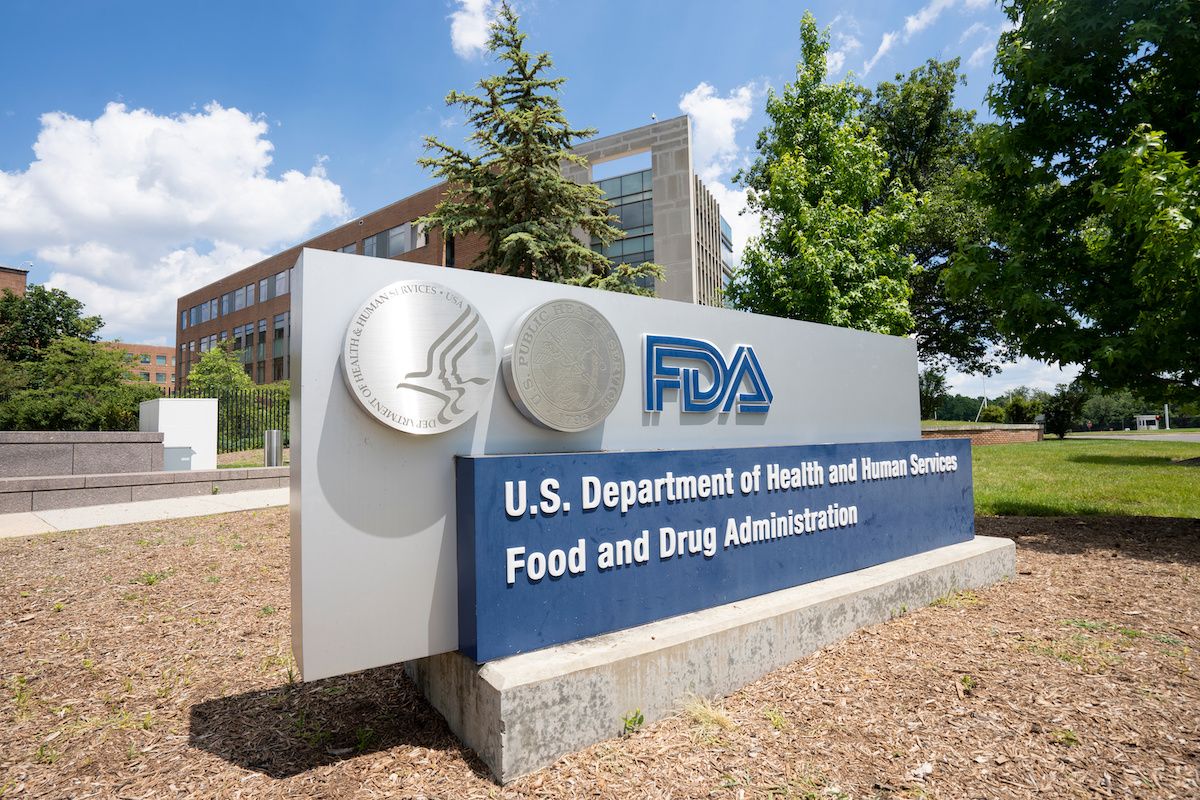Article
Be careful in choosing NSAIDs for patients with or at high risk of heart disease
If a patient with cardiovascular disease (CVD) or risk factors for CVD requires pharmacologic therapy for relief of musculoskeletal symptoms, start with the agent that poses the least thrombotic risk, said Elliott M. Antman, MD, at the American College of Cardiology's 56th annual scientific session.
If a patient with cardiovascular disease (CVD) or risk factors for CVD requires pharmacologic therapy for relief of musculoskeletal symptoms, start with the agent that poses the least thrombotic risk, said Elliott M. Antman, MD, at the American College of Cardiology's 56th annual scientific session.
If a nonsteroidal anti-inflammatory drug (NSAID) is being considered in a cardiac patient, the degree of cyclooxygenase (COX)-2 selectivity should serve as a guide to initial selection. Drugs with high COX-2 selectivity should be avoided initially. Be aware that COX-1 or COX-2 selectivity cannot be predicted based on the pharmacologic class of agents, as agents within a given class have varying degrees of COX-1 and COX-2 selectivity, said Dr. Antman, director of the Samuel A. Levine Cardiac Unit at Brigham and Women’s Hospital in Boston.
When interpreting the relative risk of cardiovascular events between NSAIDs compared in clinical trials, consider how closely the comparator resembles the study drug in COX-2 selectivity, he said. For example, a comparison between etoricoxib and diclofenac, as in the Multinational Etoricoxib and Diclofenac Arthritis Long-Term (MEDAL) study, will likely not yield a major difference in cardiac toxicity given that diclofenac has some COX-2 selectivity although it is not considered a COX-2 inhibitor. A study comparing a highly selective COX-2 inhibitor with an agent that possesses more COX-1 selectivity, such as naproxen, will most likely find larger differences in thrombotic risk.
Dr. Antman offered some guiding principles for using an NSAID in a patient with heart disease.
- Use only if nonpharmacologic therapy fails.
- Use in the lowest-risk patients.
- Use the lowest-risk agents.
- Use the lowest dose needed to control symptoms.
- Use for the shortest duration needed.
The stepped-care approach starts with the least risky agents. These would be acetaminophen, aspirin, tramodol, and narcotic analgesics (short-term only). Second-step agents are nonacetylated salicylates.
Third-, fourth-, and fifth-step agents "cross the danger zone and you should tip-toe very carefully," Dr. Antman said. Third step would be non-COX-2-selective NSAIDS, such as naproxen. Fourth-step agents would be NSAIDs with some COX-2 selectivity, and last-resort drugs would be COX-2 selective agents.
If using less desirable agents in patients at high risk of thrombotic events, consider adding aspirin, 81 mg, and a proton pump inhibitor.





